When we set out to make a film, our mental images of its success likely include everyone loving it and getting its message, and it achieving the goals set for it from its conception. However, an important question needs to be asked when creating these mental images: Who is everyone?
Sharp visuals and clear audio are the backbone of a successful film project, occasionally assisted by well-written dialogue and a compelling score. But in the absence of one or more of these elements, will your project be effective? According to Roaring Girl Productions, most current efforts to make movies accessible fall short when trying to create a quality viewing experience. They woefully report, “Current approaches often make a disappointing experience for both audience and filmmaker, with access produced as a neutral describer or an after-thought and rarely as a creative contribution.”
However, your film doesn’t have to be a part of the class of movie that thinks about these challenges later. Even if only for a few minutes, you have an opportunity to make a wide variety of viewers feel welcome and accepted. For the sake of potential visually or hearing-impaired viewers, it makes sense to consider the suggestions below, as well as several others; even the act of asking how your projects can be available for all can advance the cause of these accommodations.
While the Trove team can help with the creation of the film itself, you may want to look into some of the options below when distributing or sharing your final product:
Creative Subtitling
Used as a way to make subtitling a part of the story (for example, House of Cards’ or Sherlock’s text messaging scenes), creative subtitling allows those, who cannot hear all the dialogue, see what’s happening on the tiny screens in front of your actors. This is a way of detailing the message that you want to share, without relying as heavily on sound that may alienate the hearing-impaired viewer.
Translation
Who is your target audience, and what are the most common additional languages they may speak? If you have the ability to identify a specific population that will need translation, it could benefit you to find a way to provide a translation for your project. Even if you can’t provide an additional audio track, having a print version of your script available in additional languages would suffice for an audience member who wishes to understand your message.
Narration
Creating a film that employs a narrator is a great way to ensure your visually impaired viewers have the ability to enjoy and understand what you’ve created. Occasionally also called “video description” or “descriptive narration,” it doesn’t need to be an extra step in the process—it could merely involve a reframe of the project’s original narrative style.
Our experienced and flexible team can help you learn more about these options, and find creative ways to implement them with your project; don’t hesitate to ask, we’re happy to help!

